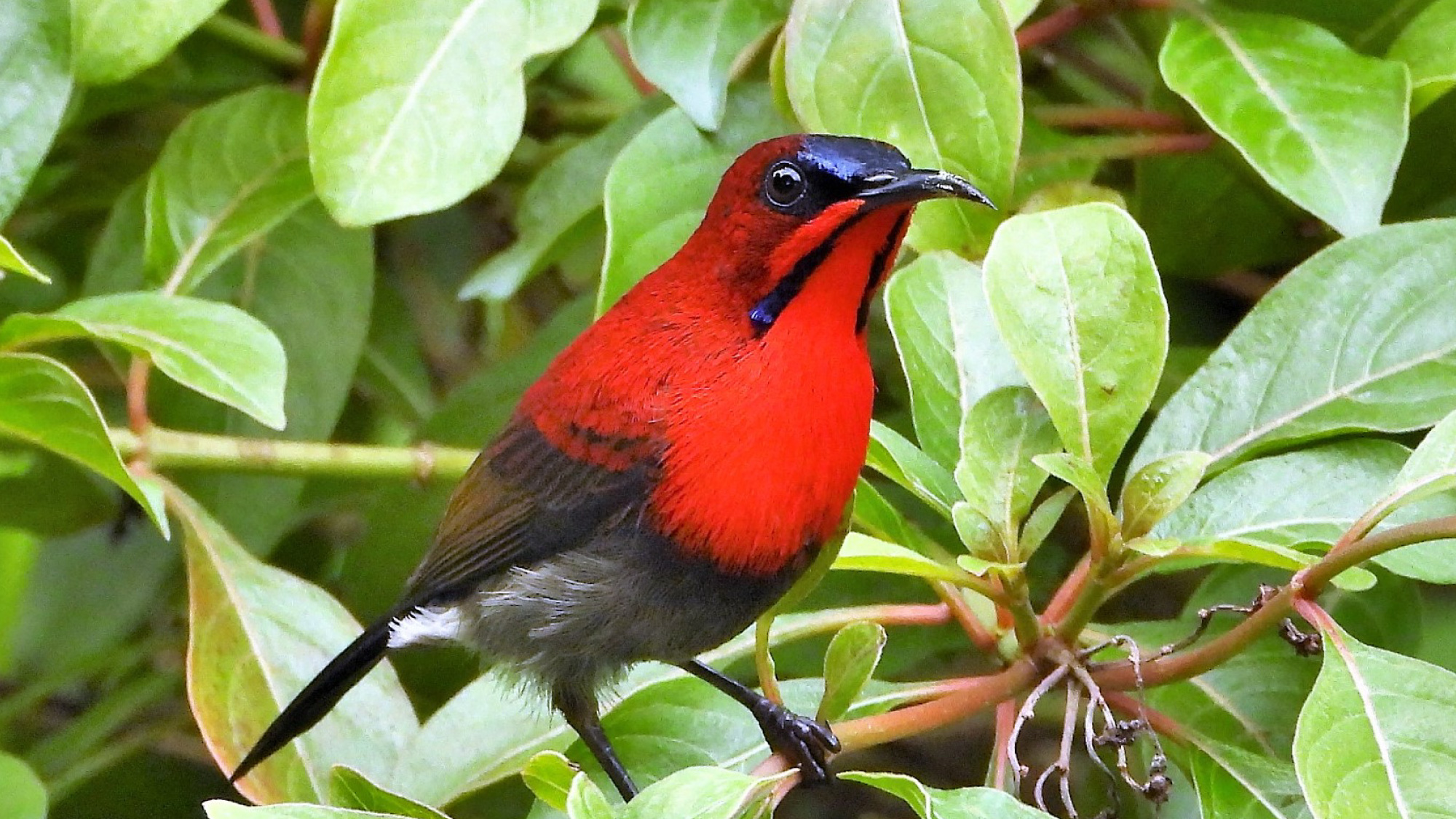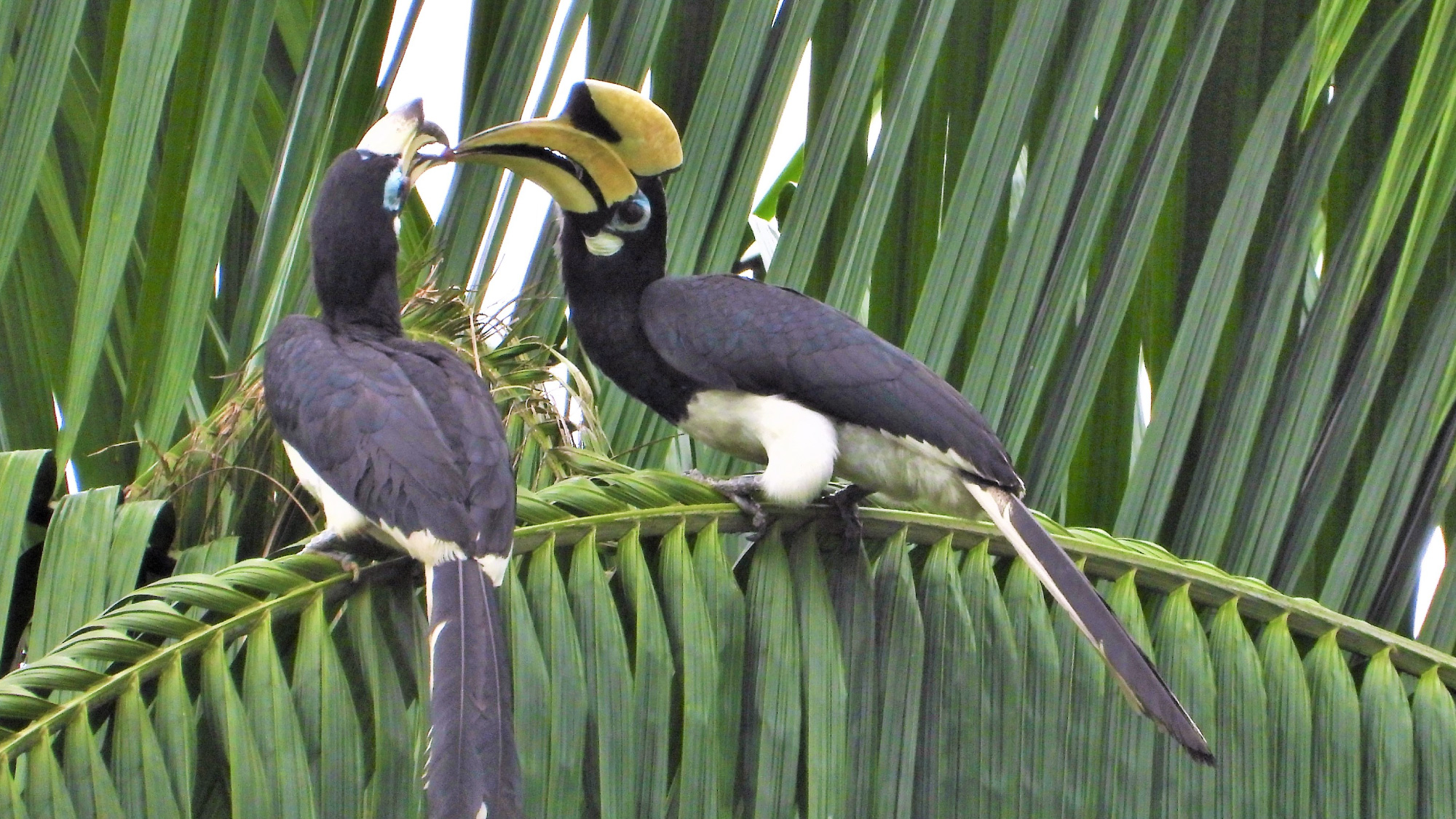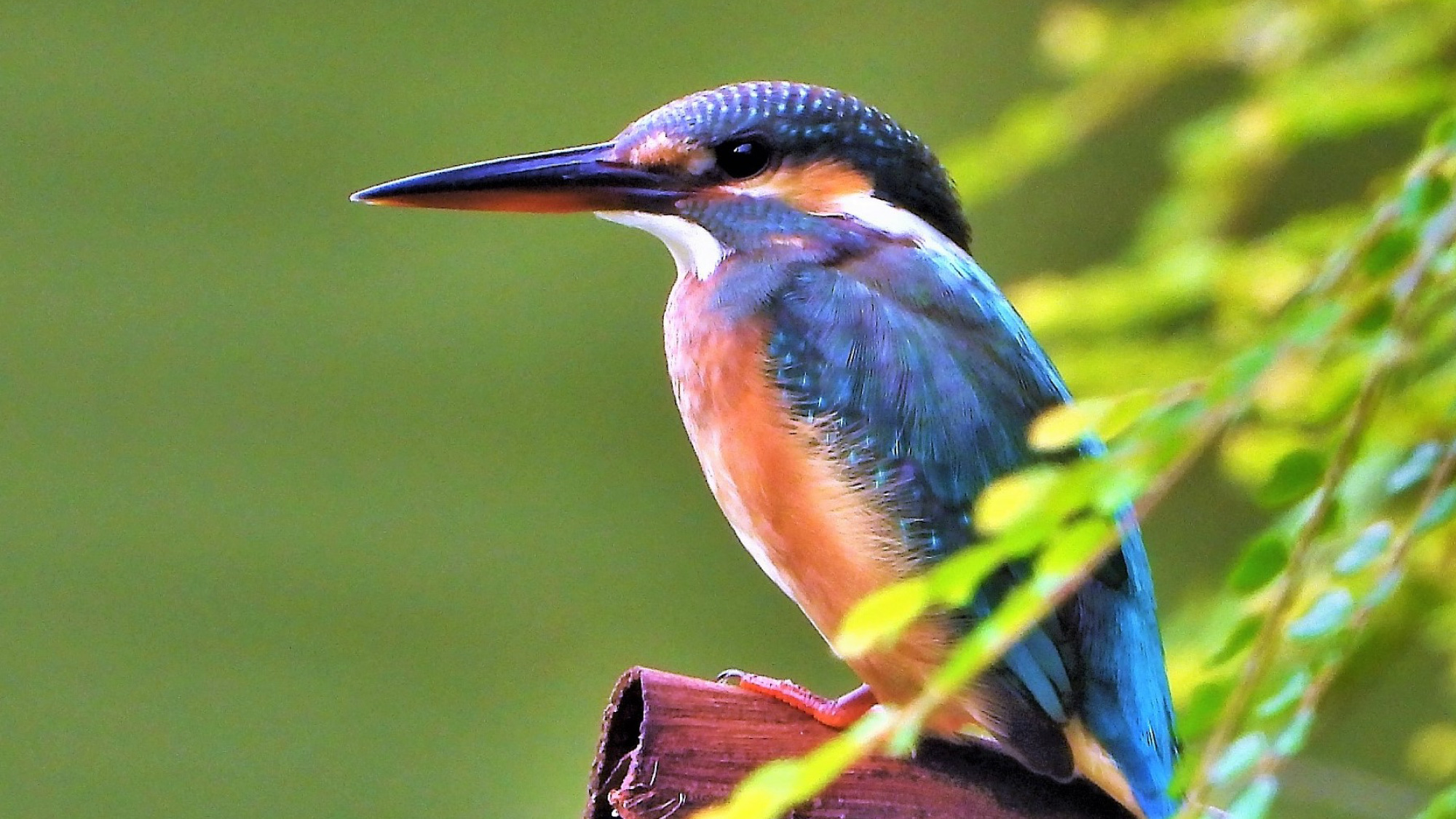Bird Man of Kent Ridge
When Professor Rajendran K is not guiding students through the intricacies of human anatomy, he’s beavering away on innovative displays and exhibits to illustrate how joints, limbs and tissue work. And when he does find pockets of free time, the good professor swops lecture notes, laser pointer and slide clicker for a pair of binoculars and takes off for the nearest forested patch. More often than not, that happens to be Kent Ridge Park, which is just behind his office.
There, he lets the other love of his life take flight – birdwatching. And there are quite a number to train his binoculars on, he says. These range from native species to migratory flocks that stop over on their way to distant lands. Just as Singapore has much to offer homo sapien tourists, the island appears to be an irresistible port of call for visitors of the feathered kind.
The variety of birds in Singapore has also increased and Prof Raj reckons there are possibly between 100 and 200 species that are resident here. The bird population may also have been boosted by people who release their unwanted pets into the wild. The numbers also swell with the addition of species like the glossy starling, the egret and the hornbill, all of which have made the Little Red Dot home.
“We are truly a garden city, which means birds have sufficient greenery for them to move from one area to the next without having to fly too long. They also have sufficient space and the range of environmental conditions that they need to settle down. I think in that sense, Singapore’s Garden City concept is a major success.”
When Prof Raj was five years old, his mother sparked his interest in birds by pointing out
the different breeds that they saw, such as the magpie robin and the tailorbird, whose nest was situated in a little plant in their garden at home.
However, as close as he has been able to get to his subjects, he does not accept the idea of birds as pets.
“I think they are best observed in their natural environment,” he said. Despite the highly urbanised environment, places like the West Coast Park, Sungei Buloh and Pulau Ubin also offer good vantage points from which to observe myriad species.
Technology helps birdwatching take flight
As with all other aspects of life, technology has enabled and enhanced the bird spotting experience.
“The support in terms of equipment has improved tremendously over the years, and there hasn’t been a better time to have an interest in birds,” he said. On most of his forays, the professor is armed with his trusty pair of binoculars as well as a camera kitted with telephoto zoom lens.
“Many birds were out of reach, because they were too small or too far away. Now, the equipment has brought them closer,” he said.
The most rewarding birdwatching experience is when a rare and interesting bird you were hoping to capture appears out of nowhere and up close. The rewarding experiences are quite endless, like getting a fleeting woodpecker or tailorbird at Kent Ridge Park. Such birds appear and disappear very quickly

Crimson Sunbird.
“There are also equally disappointing moments when you see an opportunity but you don’t have your camera.”
Naturally, native species are always on his watch list, even when he is traveling. So when Prof Rajendran visits his sisters in Adelaide, he also spends time photographing the different varieties of feathered wildlife there.
“My favourite bird probably remains the one that I have not photographed yet. It has to be something rare and attractive to be interesting,” he said.
For years, Prof Raj had waited in vain to capture the crimson sunbird up close. Then he struck gold on Christmas Eve at the Orchid Garden last year – there, right in front of him was the object of his long search, perched on a bush. He was able to snap several photos of the striking creature, resplendent in its signature red feathered outfit.
“It was like the best Christmas gift,” he said, the glee of finally getting that prized photograph still evident.
In birdwatching, sight goes with sound. Over the years, Prof Rajendran has also learned to identify various bird calls.
“Some bird sounds take a long time to distinguish because they overlap with other bird calls, but you get used to it, it’s like a person’s voice or a piece of music. When you hear it, you know it’s there. I think it’s an exciting part of birdwatching, hearing the birds and knowing they are there,” he said.
Singapore a many-feathered splendour
Over the years, Prof Raj noticed that the habits of local birds changed.
“Birds have become more familiarised with people today. In those days, you could easily observe the javan mynahs, sparrows and pigeons. Now, they come closer and closer, and become easily accessible, so they may not interest you too much,” he said.

Hornbills
Although Singapore offers birds a good living environment with plenty of fauna and flora, Prof Raj believes more can be done for them, such as continuing to ensure new developments do not interrupt the nests of birds in wooded areas.
Since birds are generally shy, the seasoned spotter recommends watchers dress in dull-coloured clothing, move gently and avoid eye contact with the objects of their admiration.
Striking a balance
In 2010, Prof Raj decided to share carefully curated photographs that he took of bird species by publishing them in a desktop calendar. He gave copies to colleagues and friends, many of whom were surprised and delighted by his photographic skills. The photos that accompany this article feature in the 2019 calendar, which like the previous years, was an instant hit.
Having taught at NUS Medicine for close to 40 years, he finds his work life and hobby intertwined.
“My belief is your job is only complete if it allows you to keep your hobbies. If you don’t have your hobbies, you are not living a balanced life. Your hobbies define you, and if you cannot be yourself, it is a minor tragedy. Working here has given me the chance to indulge in my hobby,” Prof Raj said.
“Birdwatching has kept me connected to nature and made me aware of the importance of human beings being sensitive to nature. In nature, there is a balance, every living thing is part of it. Seeing the birds successfully surviving in the environment, I think it’s a good sign which speaks for Singapore’s efforts at keeping our natural environment good.”

Common Kingfisher
